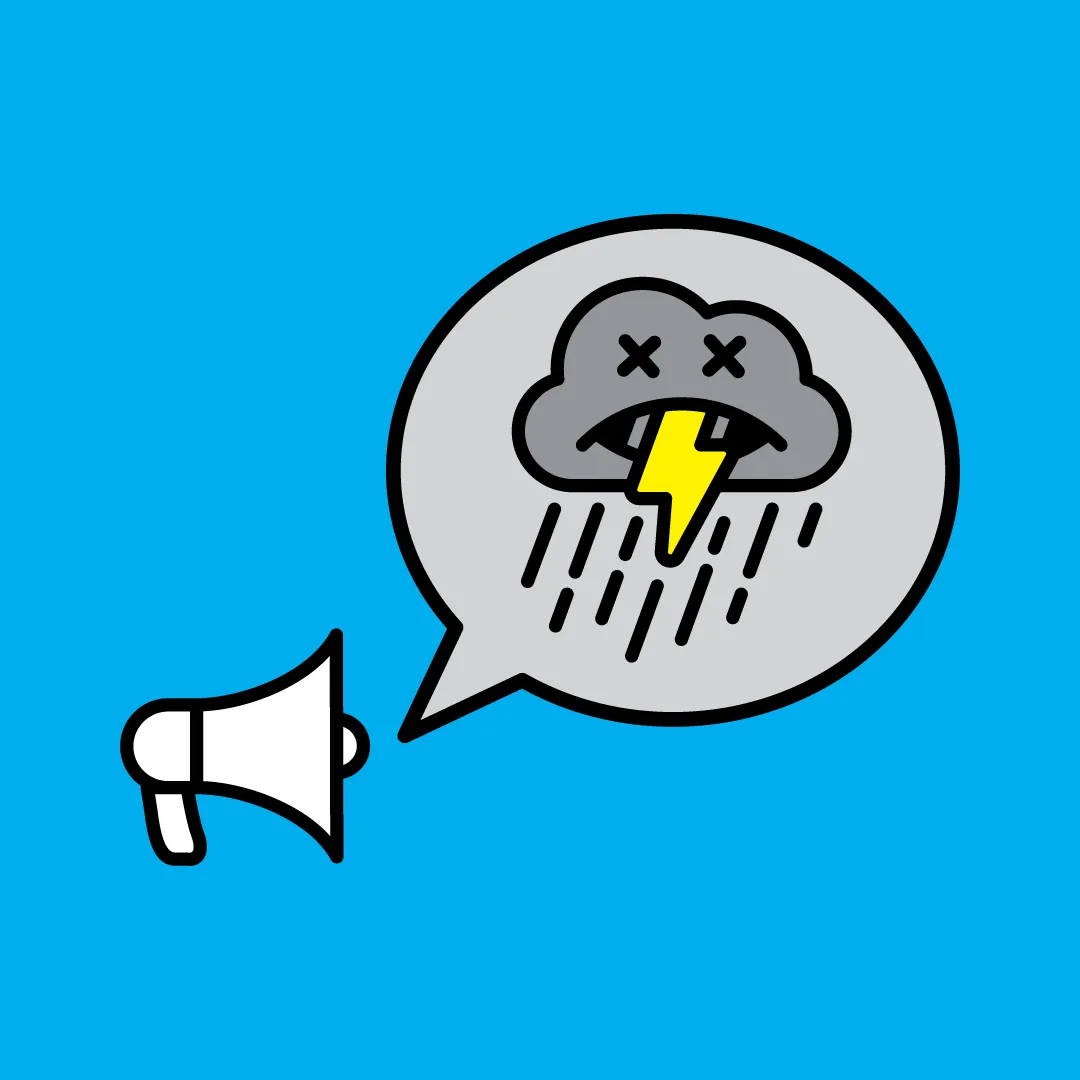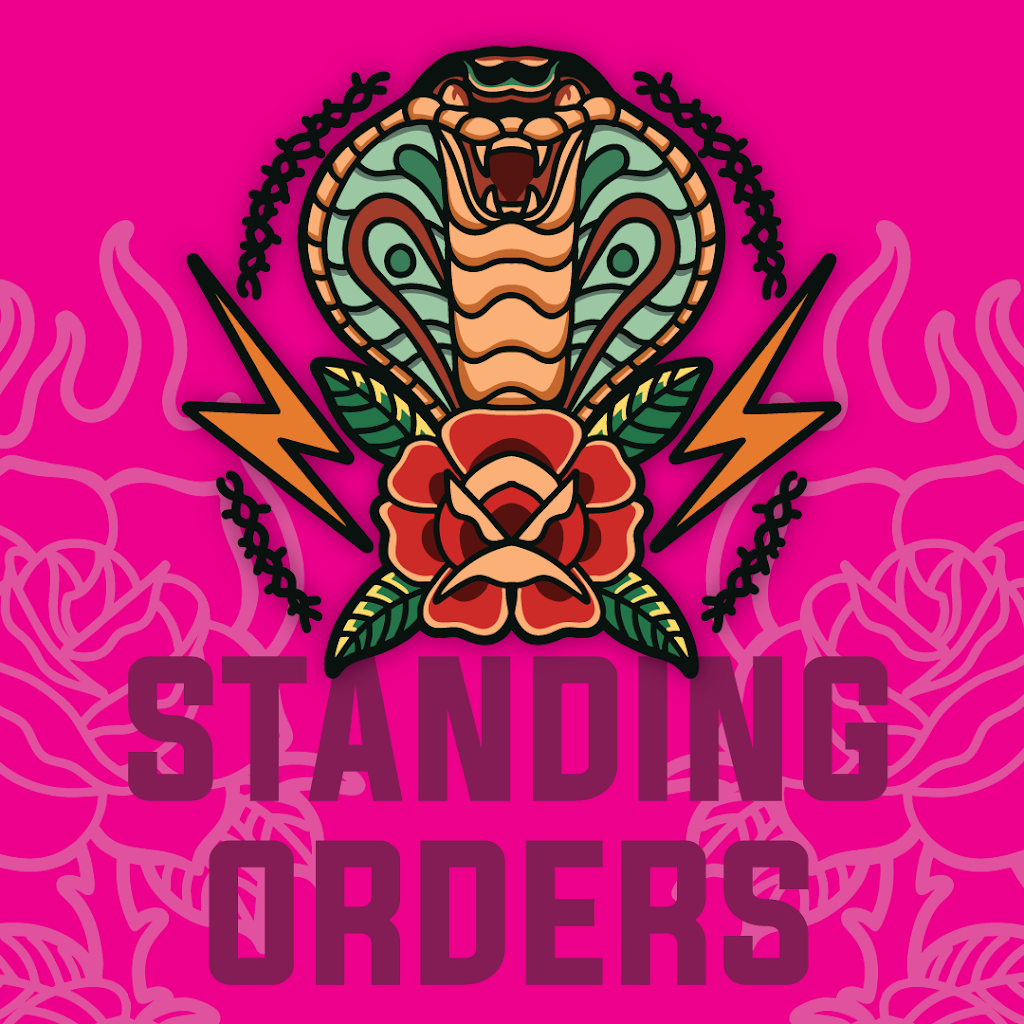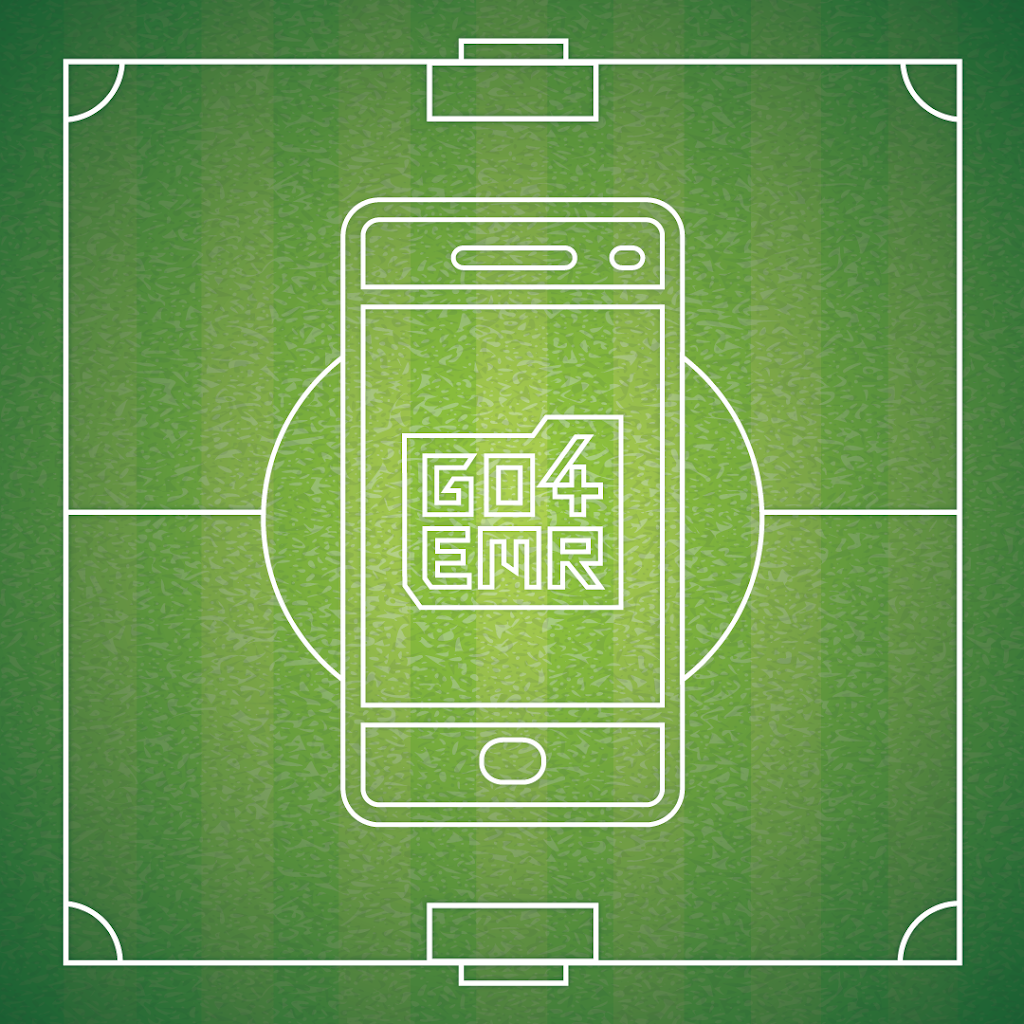5 Tips for Bad Weather Communication to your Event Participants

Managing communications around adverse weather is crucial for maintaining trust, safety and satisfaction of tournament attendees. Here are 5 Tips for Bad Weather Communication to your Event Participants:
1. BE PROACTIVE
- When to Communicate: Communicate the possibility of bad weather as soon as it is identified, allowing attendees to make informed decisions and preparations.
- Updates: Regularly update attendees as the event date approaches and as conditions change.
Example: If you know weather could be a problem at your upcoming event – prepare your participants and attendees for it. They may not be aware of the potential issue (as they may be coming from out of town) and communicating in advance builds awareness that the event might not go as planned.
2. SAFETY INFORMATION
- Precautionary Measures: Outline the safety measures attendees should take, such as wearing appropriate clothing or bringing necessary items (e.g., rain gear, water).
- Emergency Procedures: Clearly communicate the procedures in place in the event of severe weather, including evacuation routes, shelter locations, and first aid stations.
Example: In your pre-event communications, your Emergency Action Plan and specific procedures and protocols around severe weather are crucial to successfully preventing a weather related accident. If you have a text opt-in platform, include that information here so that parents and players can set it up prior to the event.
3. BE CONCISE
- Clear Messaging: All communications needs to clear, concise, and free of insider jargon. Specify the nature of the weather conditions and the potential impact on the event.
- Visuals and Alerts: Use visuals where applicable to quickly convey messages.
Example: When communicating about inclement weather show a visual of the weather on a map. Let your attendees know when the next time you will update them. Uncertainty is what creates stress for parents and participants which results in more work for the event directors.
4. MULTICHANNEL APPROACH
- All Channels: Utilize every communication channel—email, social media, text messages—to reach as many people as possible. Create draft emails ahead of time that include proper branding and pre-loaded lists of attendees, so when you make the call all you have to do is update the information in the body of the email and send.
- On-site Signage and Announcements: On-site, make use of visible signage and public address systems to convey real-time information to attendees.
Example: There is never too much information. Define your channels and one message should be delivered through all of them.
5. EMPATHY & SOLUTIONS:
- Empathize with frustrations: Acknowledge the inconvenience and potential disappointment that changes or cancellations may cause.
- Offer Alternatives and Solutions: If possible, offer alternatives such as rescheduled dates, refunds, or other compensation. Explain the steps attendees should take if action is required on their part.
Bad weather sucks, and creates a negative vibe around the event. No one can control the weather (which 90% of your participants know) but event organizers can certainly control the preparation, communication, and customer facing response to it,
Being receptive to feedback and promptly addressing any concerns will further build trust with your participants.
Need an athletic trainer? Go4 is a nationwide app/platform that connects teams and organizations with per diem athletic trainers for games, practices, camps, clinics and tournaments. For more information, or to find and hire an athletic trainer, visit go4.io
Are you an athletic trainer looking to pick up a shift or two? Create your free Go4 account. Access the highest paying gigs near you. Sign Up. Pick a shift that meets your schedule and rate preferences. Work and get paid via direct deposit. It’s that simple.
"*" indicates required fields
Are you an Athletic Trainer?
Join us!
From per diem shifts to full-time opportunities, AT resources, PLI, a free EMR and more, Go4 is the essential AT app. Sign up now!
"*" indicates required fields
Other articles you might like

What’s the deal with Standing Orders?
How do I get standing orders as an athletic trainer? Q: What are standing orders? A: Standing orders, aka medical protocols, establish the scope of practice for an athletic trainer. Under the direction of a physician, they are an overview of the specific skills that the AT is legally able…

AT Spotlight: Thomas Obergefell, Athletic Training from the Dugout
Name: Thomas Obergefell, MS, ATC, LAT Nickname: T.J. Alma…

Middle School / High School / College / Any School EMR – The Importance of Documentation
Go4’s in-app Electronic Medical Record We all know the reasons why it’s important to thoroughly document, but incase you forgot, here they are:…